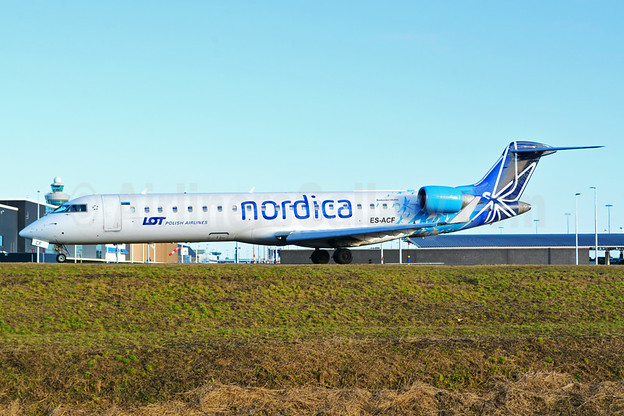
Air Canada captures the feeling of “Home” in new ad narrated by Ryan Reynolds
December 22, 2017
Nordica to add Groningen – Nice service
December 25, 2017From Alaska Airlines:
A new round of winter weather is forecast for the Pacific Northwest over the coming days, just as the Christmas travel rush gets started. For Alaska Airlines, Virgin America and Horizon Air, preparation is essential – especially when it comes to the potential for light snow and ice in Seattle and Portland, which are primary hubs.
Whenever conditions get too cold and moisture is present, there’s a chance frost or snow can accumulate on aircraft surfaces. That’s possible Thursday and Friday nights at both airports. When this happens, a plane needs to be deiced so its surfaces can be clean and clear before takeoff. This season, significant changes have been made in how that work gets done.
‘A good game plan’
 At Seattle-Tacoma International Airport, Alaska has hired Integrated Deicing Services (IDS). At Portland International Airport, Aero Mag has been brought onboard. Deicing planes is each company’s sole, dedicated responsibility. Operations at each airport are prepared for a wintry mix of weather, which includes having the right number of deicing crews on standby and plenty of deicing fluid.
At Seattle-Tacoma International Airport, Alaska has hired Integrated Deicing Services (IDS). At Portland International Airport, Aero Mag has been brought onboard. Deicing planes is each company’s sole, dedicated responsibility. Operations at each airport are prepared for a wintry mix of weather, which includes having the right number of deicing crews on standby and plenty of deicing fluid.
Also a new addition: Alaska is now testing a remote deicing location at Sea-Tac for use when weather and Air Traffic Control (ATC) conditions allow. Planes can be deiced away from the gates and closer to the runway prior to takeoff. With a spot for remote deicing, two aircraft at a time can be sprayed, freeing up badly needed gate space and maintaining a better flow for aircraft.
“You never know exactly what winter will bring. But having a good game plan in place to tackle the elements can make a world of difference,” said Cees Verkerk, Alaska Airlines’ managing director of station operations support. “We’re always looking at ways to be more efficient in how we deice our aircraft to keep those flights moving.”
New processes, technology, equipment
 IDS and Aero Mag will use new processes, new technology and new equipment when deicing aircraft. At Sea-Tac, IDS equipment uses a combination of forced-air and deicing fluid, or glycol, to increase the rate of snow removal. At Portland International Airport, Aero Mag has deicing equipment that can precisely blend deicing fluid to best suit specific weather conditions.
IDS and Aero Mag will use new processes, new technology and new equipment when deicing aircraft. At Sea-Tac, IDS equipment uses a combination of forced-air and deicing fluid, or glycol, to increase the rate of snow removal. At Portland International Airport, Aero Mag has deicing equipment that can precisely blend deicing fluid to best suit specific weather conditions.
With improvements in how the deicing fluid is delivered, crews can not only work faster but also use 30 to 50 percent less solution on each plane, which is better for the environment.
Tracking software will allow for increased dispatch efficiency and improved remote monitoring of deicing operations, including notification to crews on which planes need to get deiced first so operations can keep moving.
Check the status of your flight
Alaska is also working closely with the Federal Aviation Administration (FAA) on the ATC delays at Sea-Tac. If conditions require it, controllers may need to slow down the number of planes arriving at the airport – say from 60 an hour to 30 – especially during bad weather or poor visibility. That triggers delays on arrivals and departures.
Passengers are encouraged to check alaskaair.com or Alaska’s mobile app before heading to the airport to verify the status of their flight. With weather moving through, there could be the potential for delays or cancellations.
Photos: Alaska Airlines.



